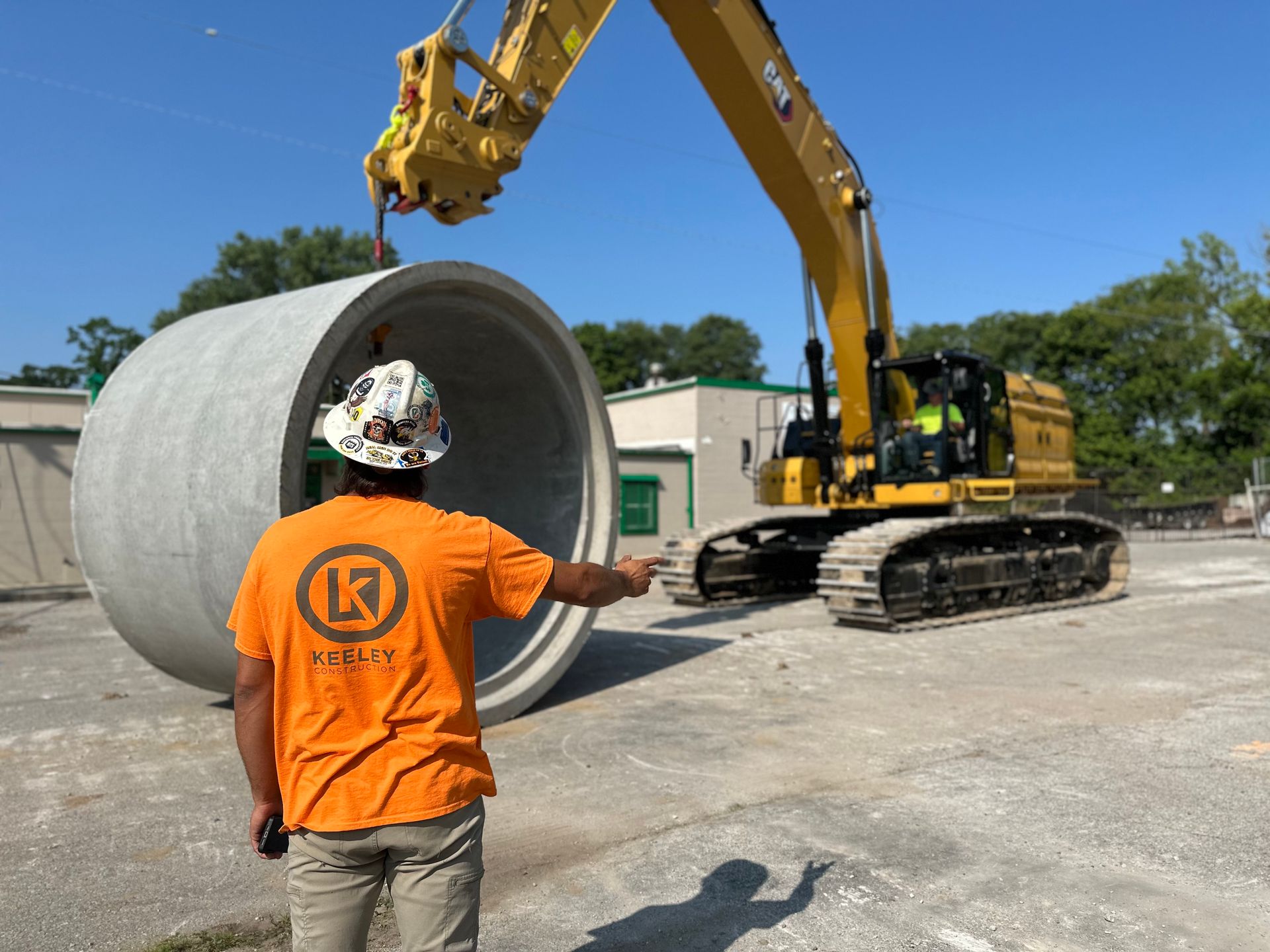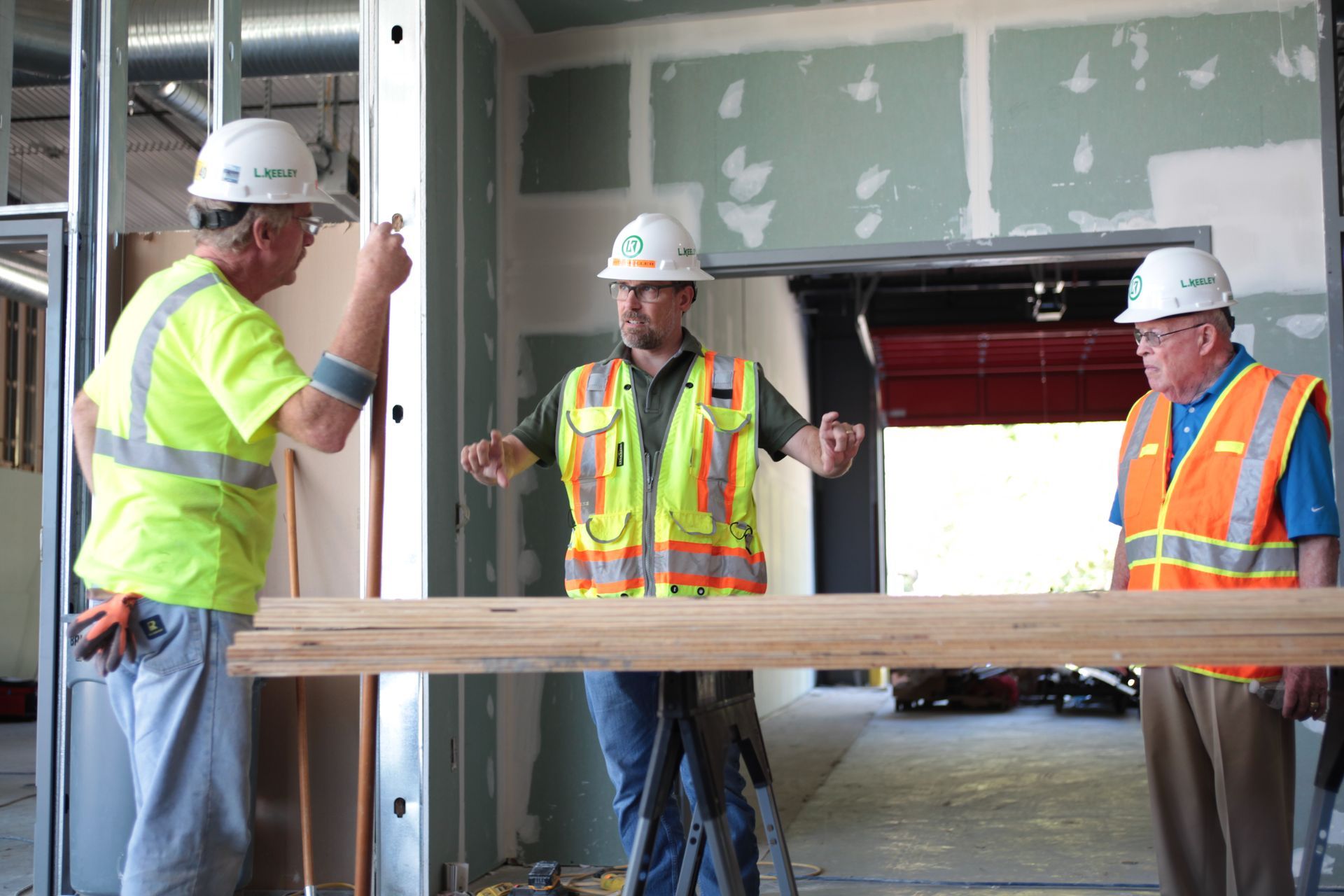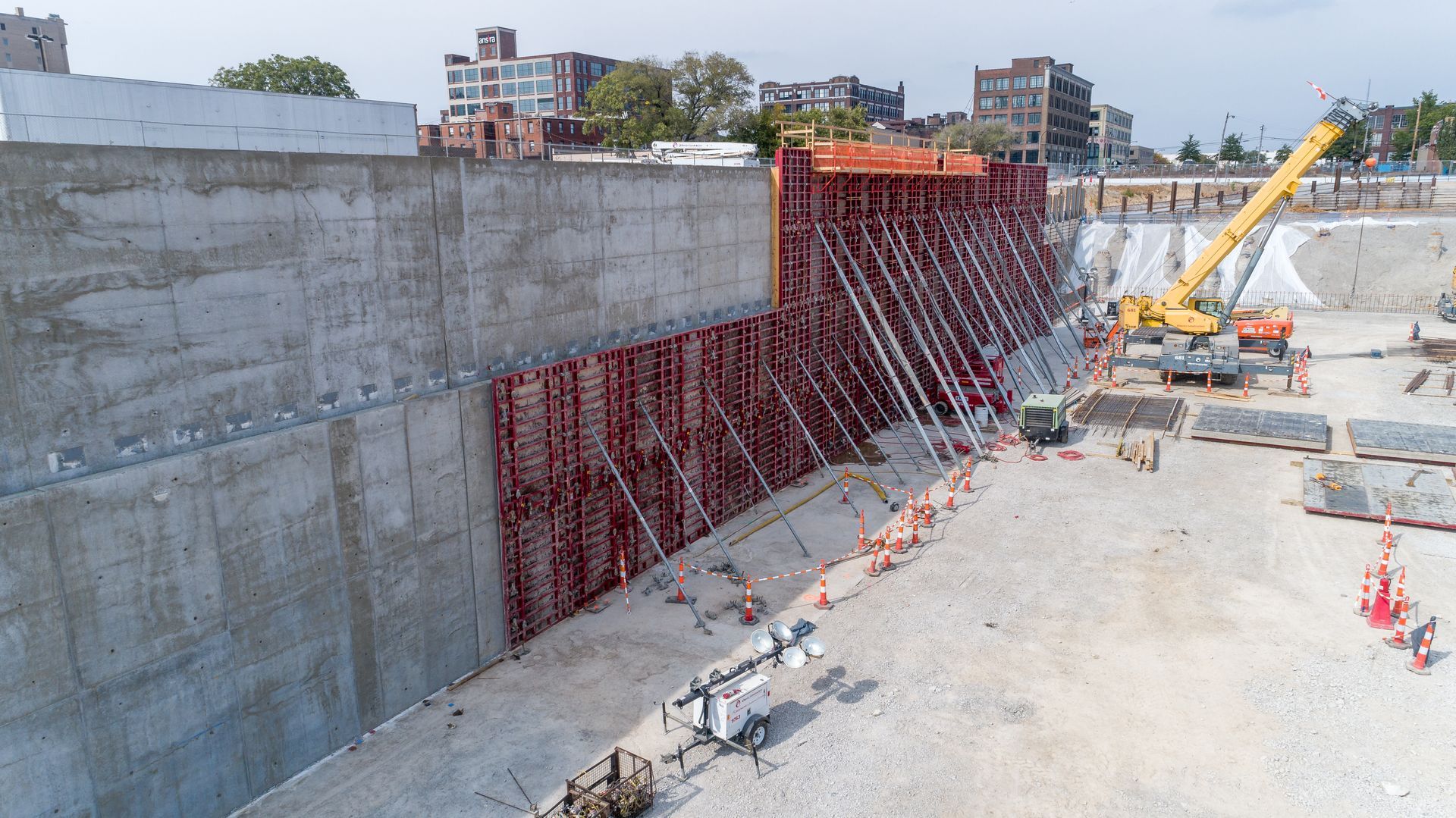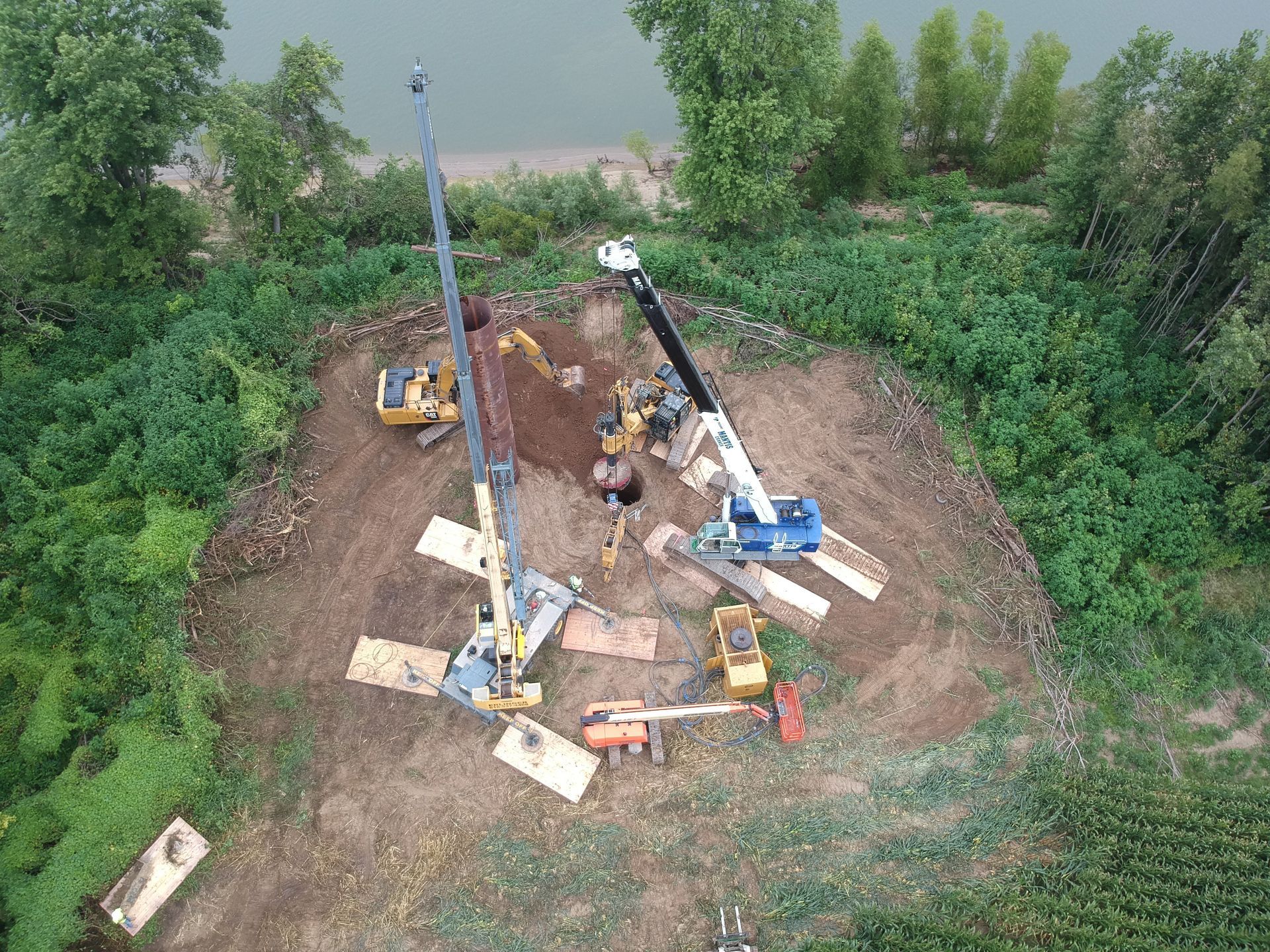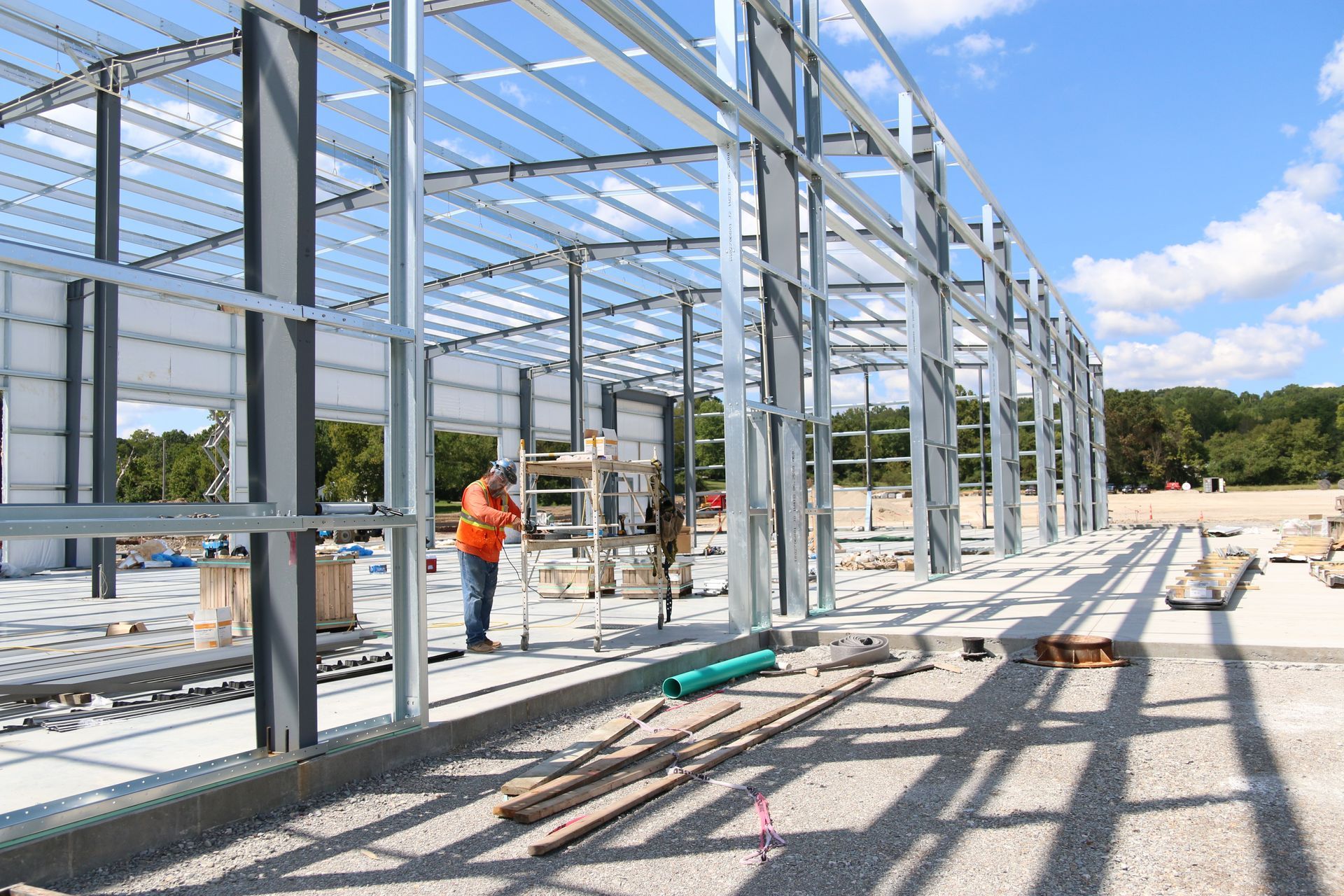Design-Build vs. Design-Bid-Build: Understanding the Key Differences
Selecting the right project delivery method directly impacts schedule, budget, quality, and risk. This guide clarifies the distinctions between Design-Build and Design-Bid-Build, giving owners, developers, and facility leaders practical insight to choose the best approach.
Keeley Construction brings decades of experience executing complex projects under both models, aligning each with client priorities—speed to market, cost certainty, collaboration, and risk management. Below, we define each method, compare advantages and trade-offs, and outline decision criteria to help you confidently determine which model best fits your goals.
Overview of Project Delivery Methods
Project delivery methods define how construction projects are organized from concept through completion. They determine the contractual relationships among the owner, designer, and builder; assign responsibilities; and allocate risk.
Choosing the right method aligns scope, budget, schedule, and quality expectations—ultimately shaping the project’s success. When evaluating Design-Build vs. Design-Bid-Build, understanding these frameworks ensures informed decisions.
At Keeley Construction, we help owners assess each delivery model’s implications for collaboration, speed, cost predictability, and risk. A well-suited method streamlines communication, minimizes change orders, and enhances accountability, while a mismatched one can lead to inefficiencies.
Two primary models dominate the industry: Design-Bid-Build (DBB) and Design-Build (DB). Keeley Construction delivers both effectively, applying proven processes that ensure predictable outcomes and high-quality results.
What Is Design-Bid-Build?
Design-Bid-Build (DBB) is the traditional delivery method where the owner first hires a design team to produce complete plans and specifications, then solicits competitive bids, and finally awards the construction contract—typically to the lowest qualified bidder.
Phases of Design-Bid-Build
Design
Architects and engineers create comprehensive documents defining the project scope and performance criteria.
Bidding
Contractors submit proposals based on the completed design. Competitive bidding allows clear cost comparison at a single point in time.
Construction
The selected contractor builds per the design documents, while the design team ensures compliance and addresses questions.
Advantages and Considerations
DBB offers structure and transparency, with clear delineation between designer and builder. It’s ideal for projects with well-defined scopes and where owners prefer fully developed designs before pricing.
Potential drawbacks include longer timelines, limited contractor input during design, and greater likelihood of change orders if documents contain gaps.
At Keeley Construction, we mitigate these challenges through detailed pre-bid reviews, disciplined project management, and open communication. DBB works well for municipal facilities, infrastructure improvements, and renovations with clearly established parameters.
What Is Design-Build?
Design-Build (DB) unifies design and construction under a single contract, fostering collaboration from the start. This integrated model provides one point of accountability, streamlines communication, and accelerates delivery.
The Design-Build Process
Discovery
Keeley works with stakeholders to define goals, scope, and success metrics.
Concept Design
Initial layouts and cost models are developed collaboratively.
Validation
Design and estimating progress together, incorporating constructability reviews and value engineering.
Detailed Design
Drawings advance alongside procurement and scheduling strategies.
Construction
Field teams execute under one unified plan with real-time collaboration and issue resolution.
Closeout
Systems are tested, documentation is finalized, and owners receive a complete, operational facility.
Advantages and Considerations
Design-Build offers faster delivery, earlier cost certainty, and fewer change orders due to integrated decision-making. Risks are reduced as the single team manages both design and construction.
Potential trade-offs include less owner control over individual design consultants or trade partners, but this is offset by clear accountability and smoother coordination.
Keeley Construction’s Design-Build approach excels on industrial facilities, logistics centers, infrastructure, and large commercial projects, where speed, performance, and cost management are critical.
Design-Build vs. Design-Bid-Build: A Comparison
The primary difference lies in team structure and accountability.
Design-Build
One contract, one cohesive team managing design and construction.
Design-Bid-Build
Separate contracts and sequential phases, requiring the owner to coordinate between parties.
Schedule and Efficiency
Design-Build enables overlapping phases—design and construction can progress simultaneously—shortening project duration. Design-Bid-Build follows a linear sequence, extending schedules.
Cost Certainty
Design-Build allows progressive estimating, giving owners real-time cost visibility. Design-Bid-Build provides firm pricing after design completion but less opportunity for early cost alignment.
Risk Management
Design-Build centralizes risk within one entity, minimizing disputes and delays. Design-Bid-Build divides responsibility, requiring more owner oversight.
Keeley Construction’s experienced teams deliver successful outcomes under both models, using robust preconstruction planning, transparent reporting, and collaborative leadership to control cost and schedule risk.
Choosing the Right Method
Selecting between Design-Build and Design-Bid-Build depends on your objectives, project complexity, and internal resources.
Choose Design-Build when speed, collaboration, and single-point accountability are critical.
Choose Design-Bid-Build when full design completion and competitive bidding are priorities.
Other factors include regulatory requirements, project size, stakeholder engagement, and desired design control.
Keeley Construction assists owners with feasibility reviews, risk assessments, and schedule evaluations to match the delivery model to their needs.
Conclusion
The right project delivery method shapes success from the very beginning. Design-Build offers integrated collaboration, faster schedules, and streamlined accountability. Design-Bid-Build provides traditional structure, defined scopes, and competitive bidding.
With extensive experience in both, Keeley Construction helps clients balance cost, schedule, and risk to deliver projects that meet performance goals with precision and safety.
Our team partners with owners from concept through completion—ensuring your delivery strategy aligns with your mission, operations, and long-term value.
Click here to learn more about Keeley Design-Build!

